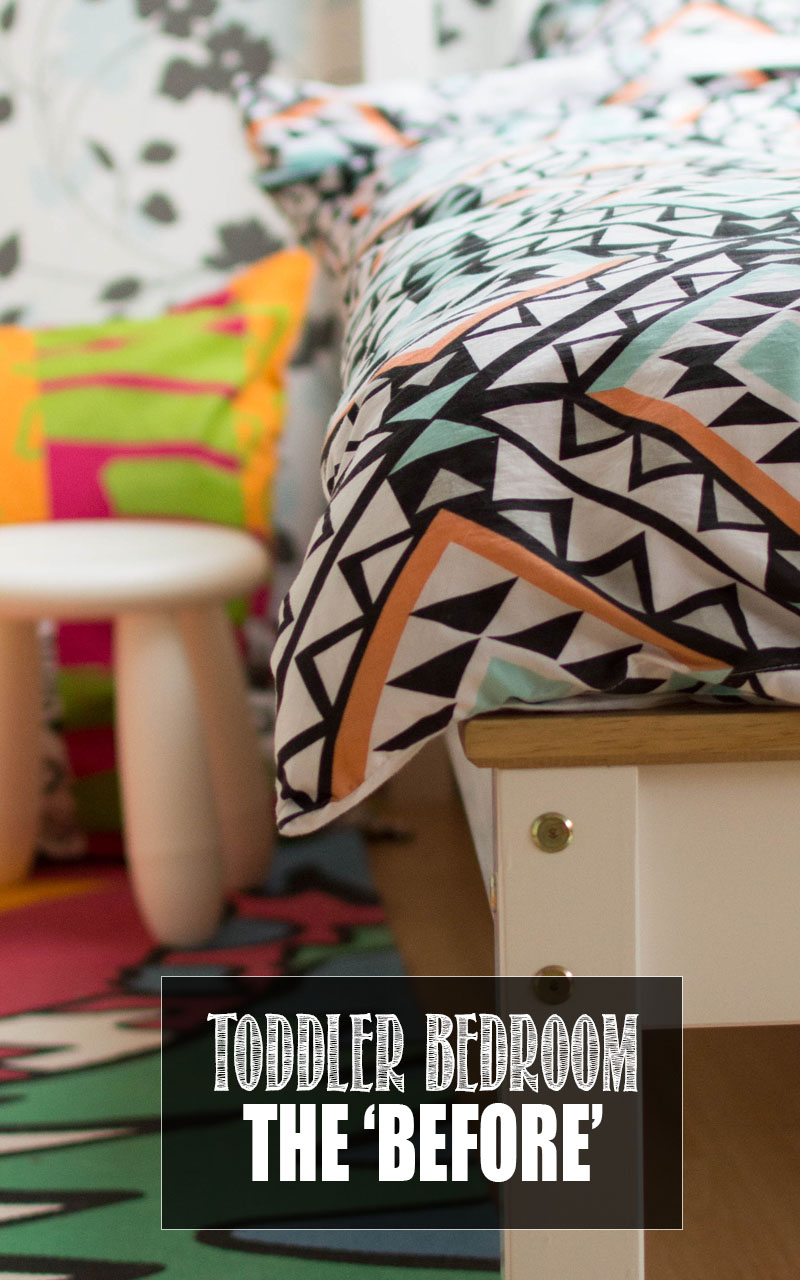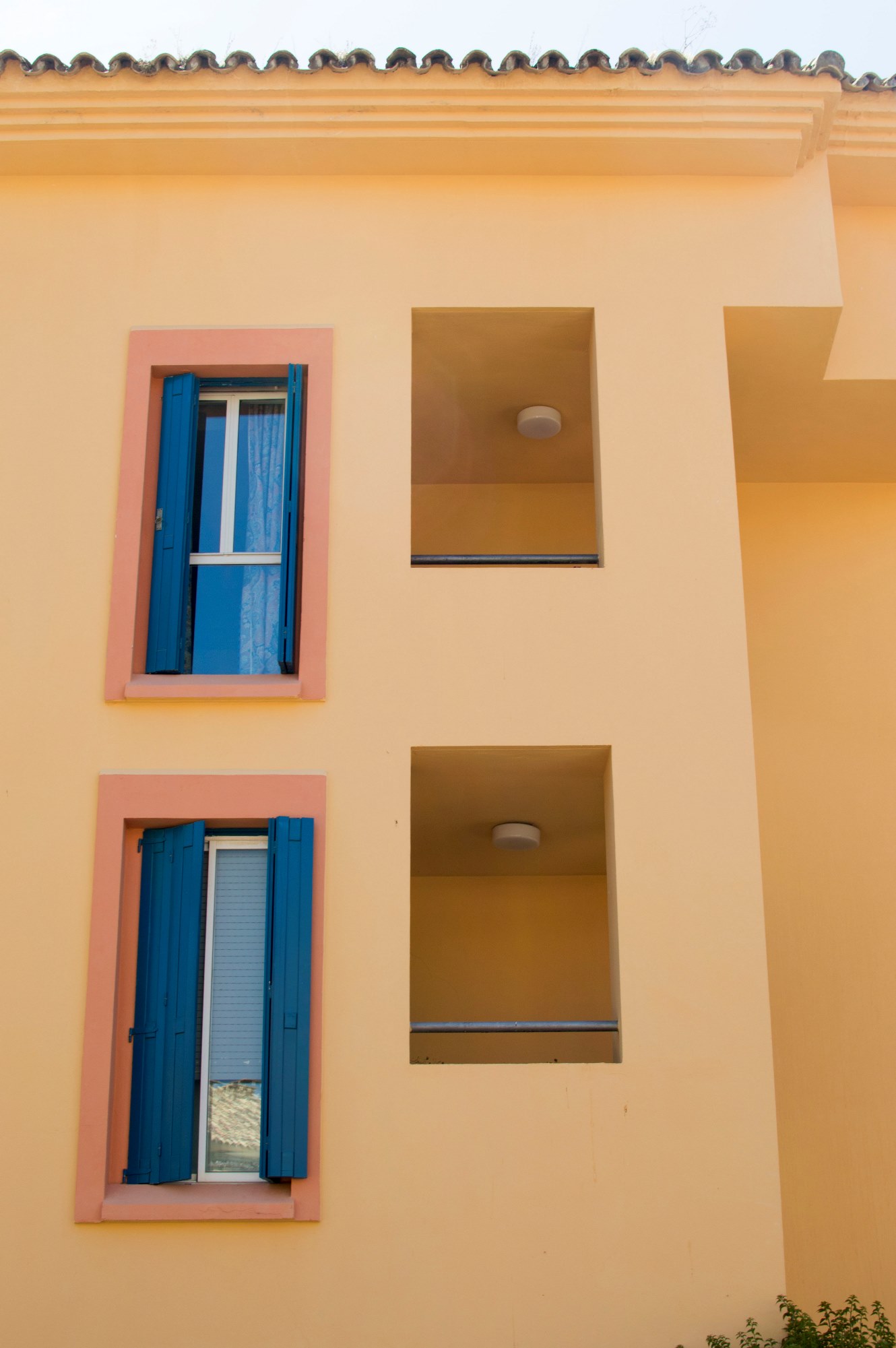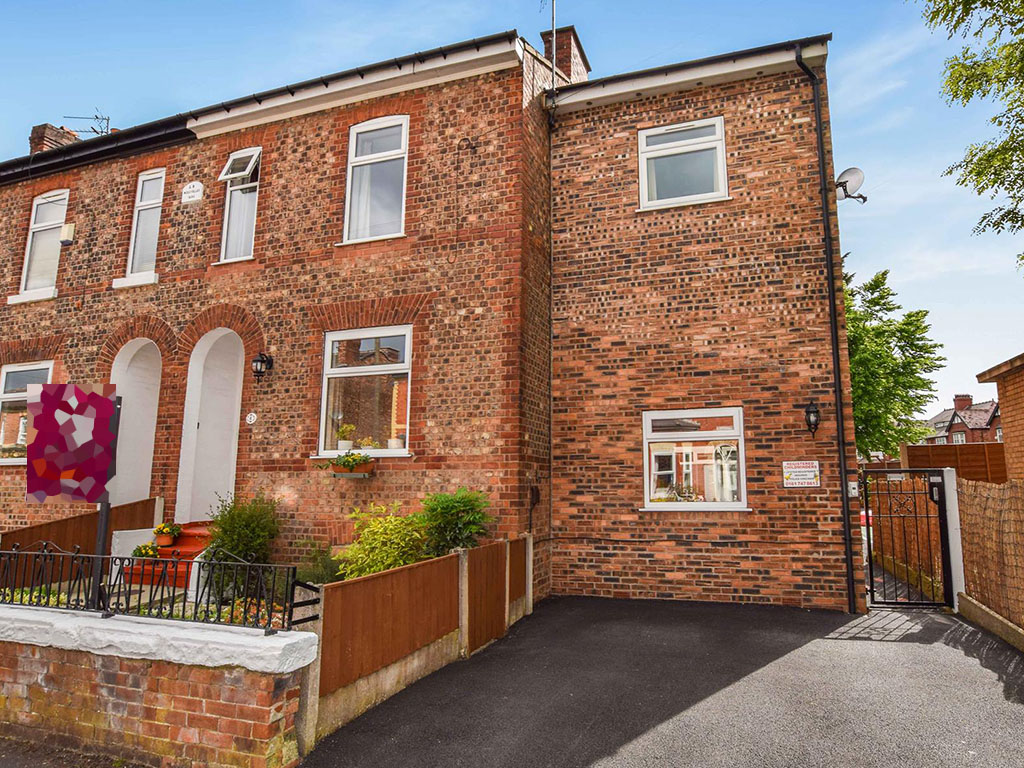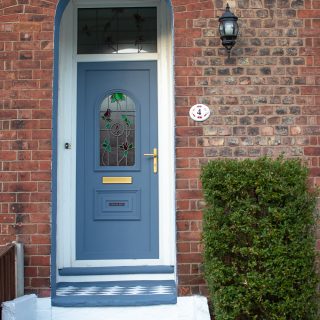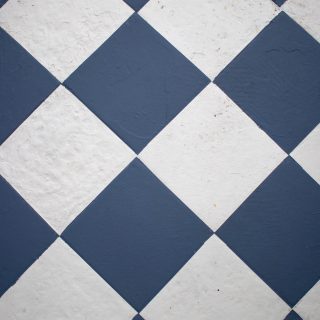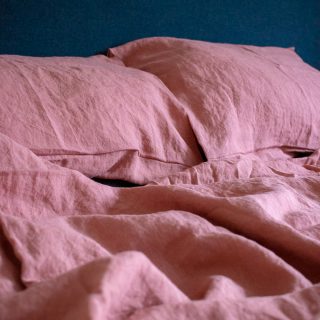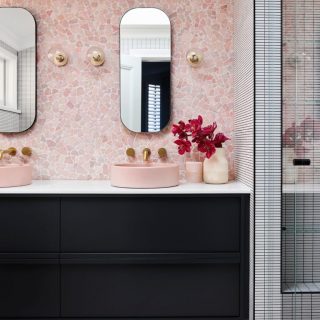Children’s bedrooms celebrate chaos in a way that most ‘grown up’ rooms shun
– and what’s more chaotic than a black hole?
Decorating for children has by far become my most favourite of all the interior spaces. It’s a rare opportunity to fully embrace the mis-match style I’ve come to love, and bin off high street trends that, let’s face it, kids don’t care about. Finding a way to show off memory keepsakes and hide the practicalities of wet wipes is a challenge in itself, but minimalist/Scandi nurseries and woodland toddler rooms littered in Disney duvets have long been the norm.
As lovely as they can be, it’s not for me. And it’s not a good fit for my little girl.
It’s interesting – when you push a boundary or want to try something a little different, it becomes quickly apparent just how ingrained our idea of “suitable for children” is – however that might look to you.
I asked my Instagram followers in January their opinion on painting my little girl’s room black. Interestingly, those who work in design or have a lust for interiors overwhelmingly screamed: “Yes! Go for it” It’ll look BADASS”. Those who I know in a more ‘real-life’ way or who know me through non-interiors circles were, for lack of a better word, horrified – with it being compared to child abuse, and with some very real concern for the wellbeing of my daughter.
With the ever-increasing demand for dark interiors, as seen in countless inky-hue soaked Insta-feeds, I was honestly stunned at the reaction. Particularly as the UK has seen massive favour for dark greys over the past few years.
My personal view? I’m open to any colour – anything – and paint can always be covered. Interiors are there to have fun with so if you can’t push boundaries in your own home, then where can you?
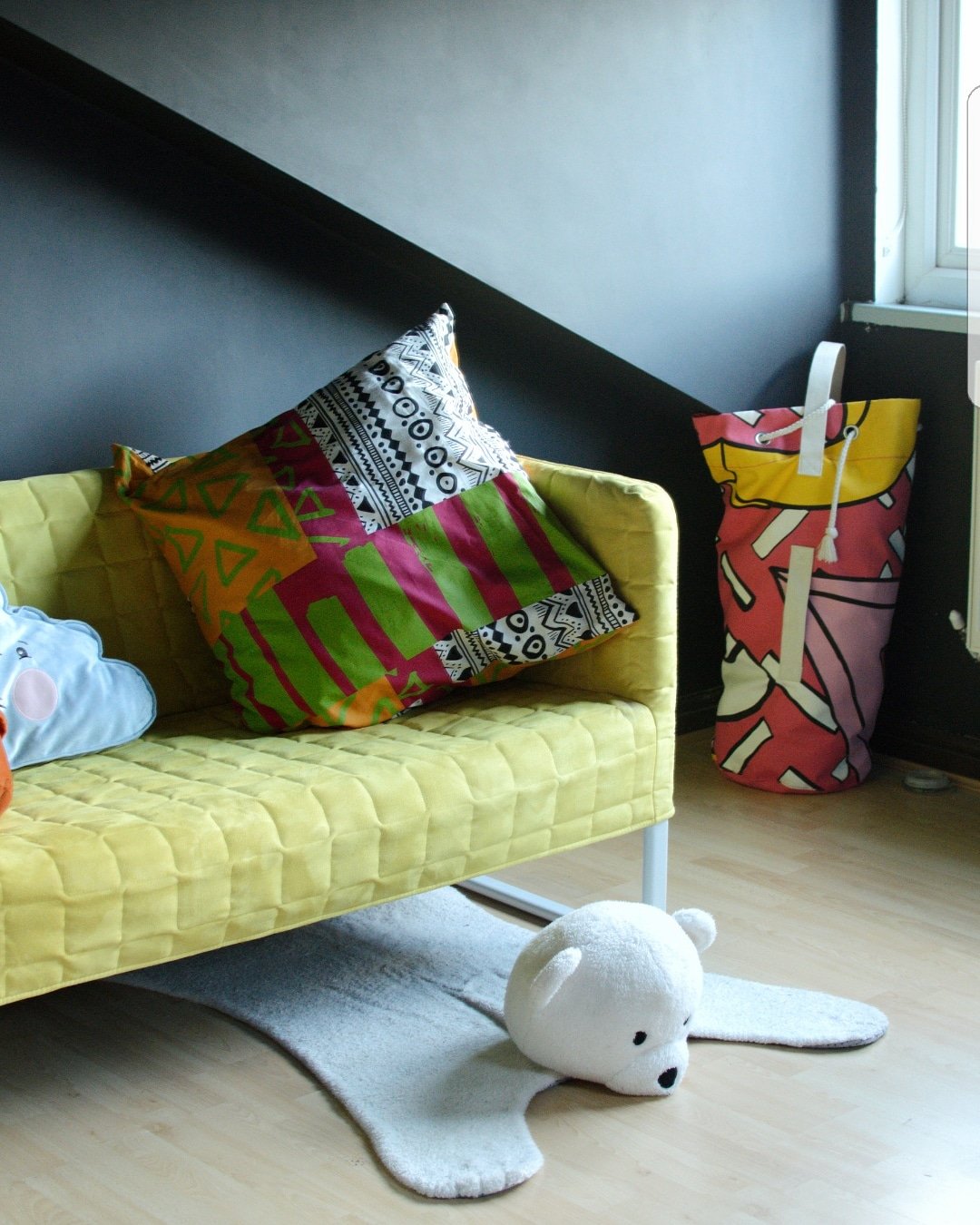
So What’s Our Verdict On Black Walls?
In case you missed it, you can see what Luna’s room looked like as of the beginning of this year in my post of her toddler bedroom tour. It’s got lots going on, with a number of awkwardly angled walls and ceiling pitches. In my view, it needed one solid colour to neutralise and soften it all a little and give a strong backdrop for the quirkier elements to shine individually.
Has painting the room done that? Absolutely. Here’s why I think it’s been a winner for us so far::
- You don’t notice the harsh ceiling/wall divides anymore. Rather than the mundane task of deciding where the wall ends and ceiling begins (very common in loft conversions and older homes with curved ceilings – which is why pictures rails were a favourite in our old home to falsify a straight line), if you choose one block colour for the lot, you don’t see those lines anymore. It makes the room look more open without drawing attention to the walls. Darker shades, not just black, are particularly great at this, and works almost like an optical illusion.
- Black does darken a room, and I say that here as a positive. (By the way, it doesn’t always darken, especially if used sparingly) I’ve been given the ‘dark argument’ as a means to persuade us not to go black but the thing is, it’s a bedroom – the place you want to encourage sleep. As a working mum who hasn’t really slept through the night in 3+ years, let me tell you that blacking out a room is a fantastic way to assist with bedtime. This could work even better for newborns who, as any parent will know, do not know the difference between night and day, and need showing.
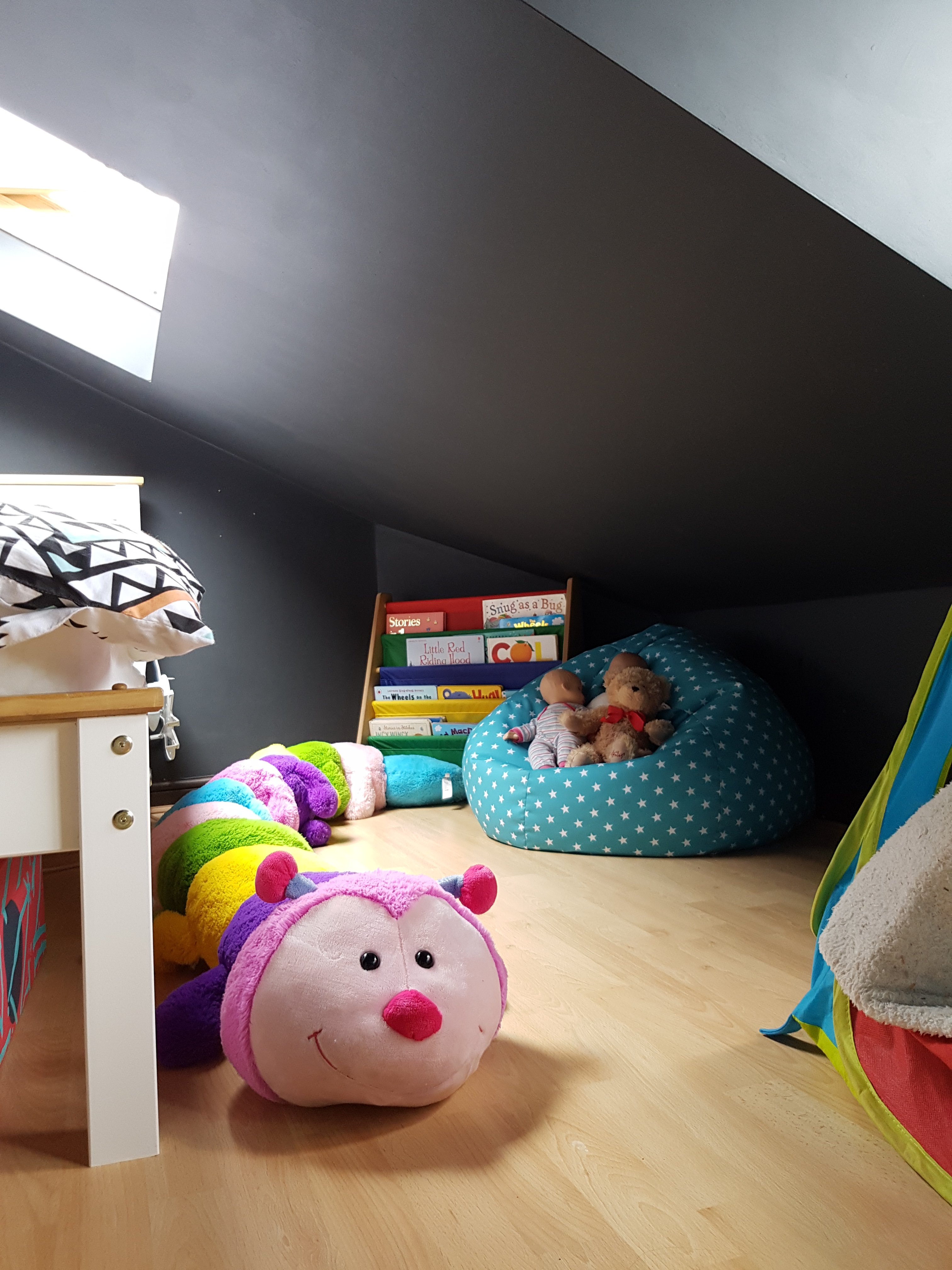
When Are Black Walls An Awesome Choice?
I’m going to start by telling you when it’s not right. Black may be a calming and grounding colour, but it’s bold without being energising. For that reason, if your child’s bedroom is also where they play, you will likely not want it to be in a pitch black environment. If you really love the look though, consider chalkboard paint on one wall, or painted in a fun shape.
Now, for those who have decided to go for it, here’s how you can avoid the dungeon-vibe.
- Use lighter colours elsewhere for contrast and do this through a variety of textures to soften the black – which can sometimes look quite severe.
- Darker colours can be less forgiving when it comes to straight lines. Ensure you have a line to work again such as a picture rail or coving, if you’re not going for all the walls that is.
- Just doing the one wall? Find a spot where the natural lighting hits. It will keep the space looking more open.
- Choose yellow-toned lighting in the room, and for kids room in particular, I’d personally just stick to the gorgeous glowyness of night lamps. LED or blue-toned lights are not only non-conducive to sleep, but they can look cold against a black wall.
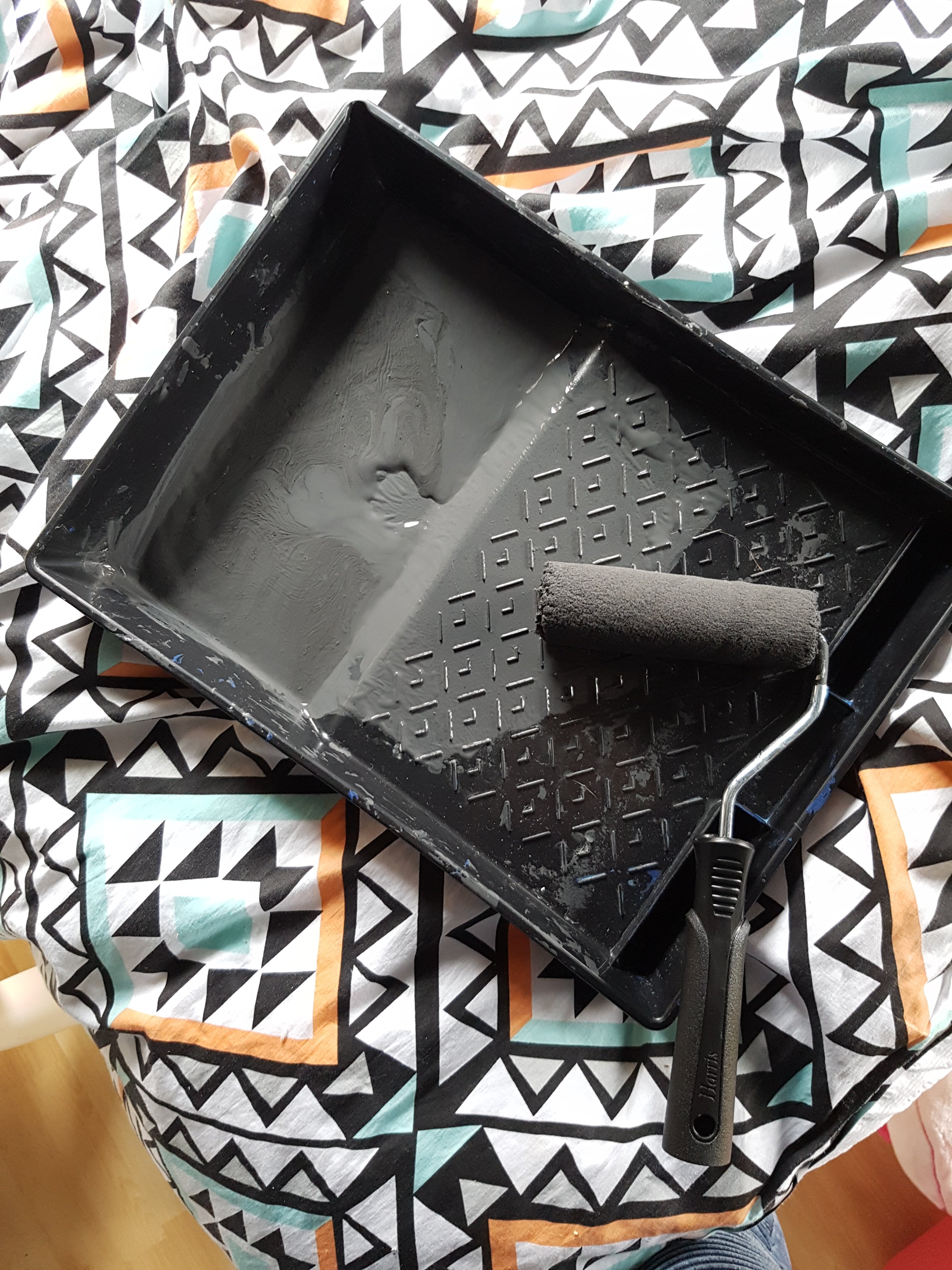
Practical Advice For Adding Dark Walls
- If you’re ever not sure about the darkness of your colour choice, one wall at a time should give an indication as to where is most comfortable for you. You can keep adding another wall at a time if you’re hesitant.
- “True” black paint doesn’t technically exist (according to B&Q paint experts anyway…) and actually looks more like the type of paint you find in a children’s art box – which is hard to pull off. Instead, pick a hue and go to the deepest shade.
- These walls are Valspar paint in the colour Tempest’s Teapot which is very much a charcoal grey, rather than black. In fact, on some of the walls it almost looks green. But en masse on the walls, it most certainly looks black. Use a tester pot on some lining paper, and pin on the wall where different light sources hit so you get a true idea of the undertone.
- Mixing up the texture can avoid darker walls looking so lifeless. Panelling or embossed wallpaper can do wonders for adding dimension to black walls.
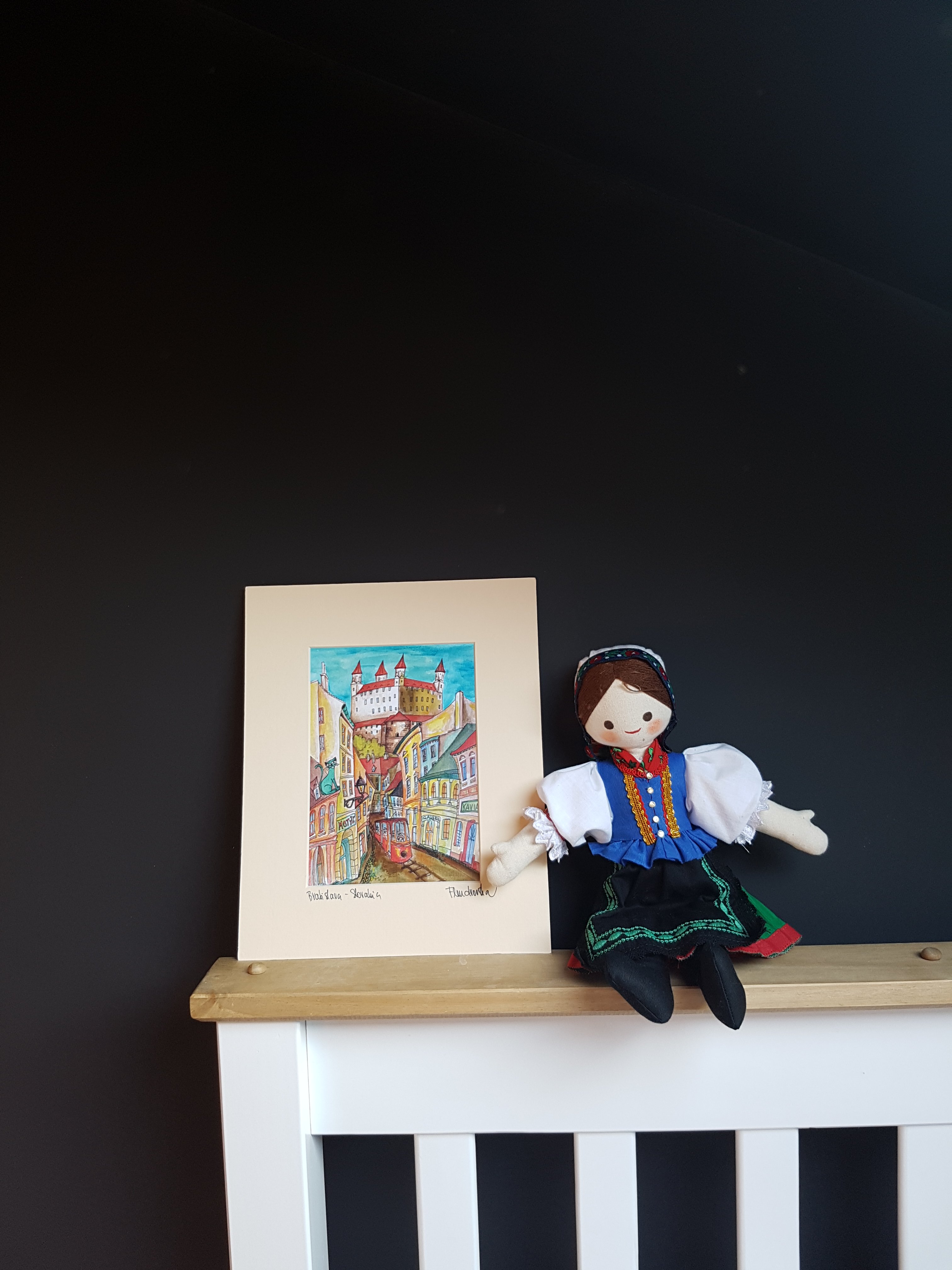
So that’s my experience so far!
Please note, these are progress images of our little girl’s bedroom. Luna has requested pink skirting and window sills so let’s see what happens before the big room reveal, coming soon! Dark walls aren’t for everyone, but what they take – more than anything – is guts. So tell me, what do you think? Is it something you’re considering? Do you think your kids would love it?
Let’s keep the discussion going, and I can’t wait to show you the full room makeover.


